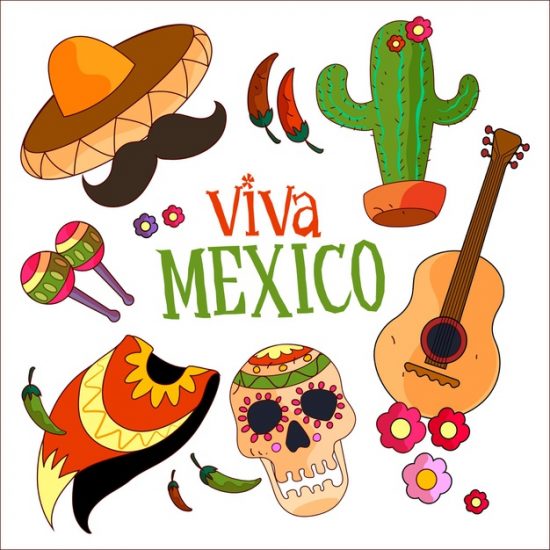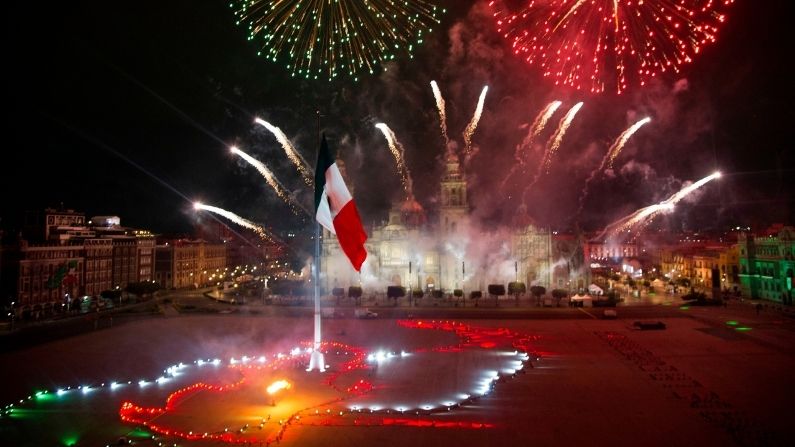

It is a plate of rice, black beans and shredded beef. Los participantes, vestidos de cocineros y soldados, marchan por la ciudad.ĭÍA DE LA INDEPENDENCIA: España se independizó de Portugal el 6 de diciembre de 1978.įOOD: Pabellon Criollo is the national dish of Venezuela. Este festival tiene una duración de 24 horas. A medianoche, el alcalde iza la bandera de San Sebastián. INDEPENDENCE DAY: Spain gained independence from Portugal on December 6, 1978.ĬOMIDA: Paella es el plato español más conocido que contiene arroz, verduras, carne, marisco y especias.ĭEPORTE: El fútbol es el deporte nacional de España y fácilmente el deporte más popular del país.įESTIVAL: La Tamborrada de Donostia es una fiesta de tambores de celebración que se celebra cada año en enero en la ciudad de San Sebastián. Participants dressed as cooks and soldiers parade across the city. At midnight, the mayor raises the flag of San Sebastián.

SPORT: Soccer is Spain’s national sport as well as the country’s most popular sport.įESTIVAL: Tamborrada of Donostia is a drum festival that occurs each January in San Sebastián. Es la fiesta más famosa e importante de Colombia.ĭÍA DE LA INDEPENDENCIA: Colombia obtuvo su independencia de España el 20 de julio de 1810.įOOD: Paella is the most widely-known Spanish dish of rice, vegetables, meat, seafood and spices. INDEPENDENCE DAY: Colombia gained their independence from Spain on July 20 1810.ĬOMIDA: El plato nacional de Colombia es la bandeja paisa: frijoles rojos, arroz, huevo frito, plátano, morcilla, aguacate y limón.ĭEPORTE: El deporte nacional de Colombia es el Tejo, un deporte de lanzamiento (tradicionalmente se lanzan discos de hierro a la pólvora).įESTIVAL: El Carnaval de Barranquilla es el segundo carnaval más grande del mundo. It is the most famous and important festival in Colombia. SPORT: Colombia’s national sport is Tejo, a throwing sport (it used to be iron pucks thrown at gunpowder).įESTIVAL: The Carnival of Barranquilla is the second largest carnival celebration in the world.

Truly, this day is a reflection of the Mexican pride and spirit and definitely worth experiencing.FOOD: Colombia’s national dish is bandeja paisa, which has red beans ground meat, rice, fried egg, plantain, black pudding, avocado and lemon. on September 15, a government official gives the grito, which is followed by the energetic and loud shouts of the people who come prepared with whistles, noisemakers and trumpets. For those not in costume, the colors of the day are green, red and white: the colors of the Mexican flag.Ĭome 11:00 p.m. There is a general air of merriment, as people are dressed in traditional Mexican clothes. There are food stands that serve traditional Mexican cuisine and plenty of party food: Mexican sweets, finger foods and ponche (a punch made from seasonal fruits). The main plaza, or zocalo, of each city is where revelers congregate. Hidalgo's act is commemorated each year on September 16th with military parades in cities across the country.Īs a celebration of the Mexican Independence Day, each city's houses, buildings and streets are colorfully decorated with flags. This revolution was to last for almost 10 years until Spain finally agreed to Mexican independence. He rang the bell of his church as an invitation for fellow Mexicans to join in the revolution against Spanish rule. The El Grito dates back to the wee hours of September 16, 1810, when a criollo priest named Miguel Hidalgo gave a call for independence. This is a great day for Mexico as they celebrate Mexico's freedom and independence from Spanish rule.

Mexico's Día de la Independencia (Independence Day) gets started on the night of September 15th with the celebration of El Grito, an annual tradition that kicks off the festival (held on the 16th) in style.


 0 kommentar(er)
0 kommentar(er)
